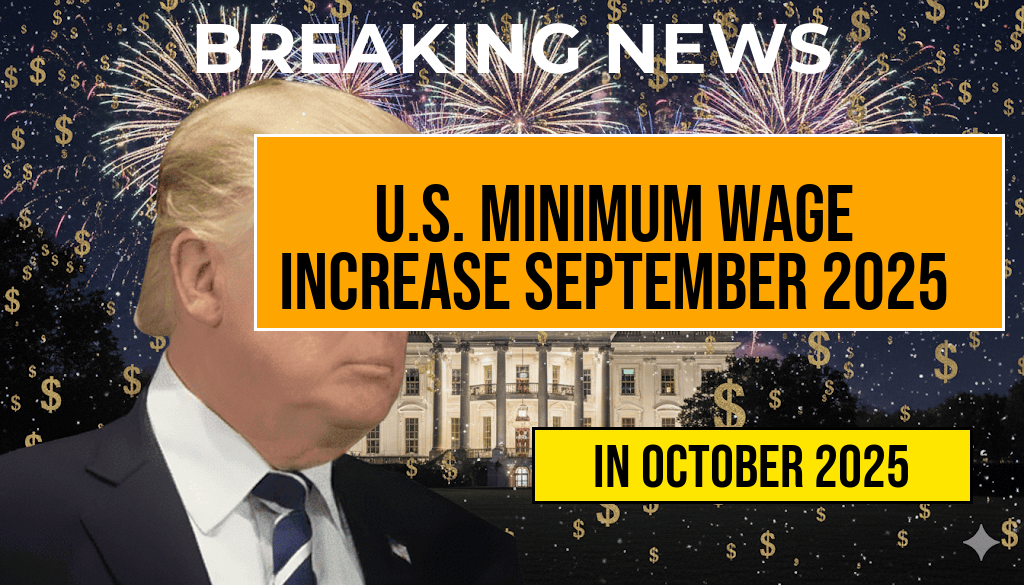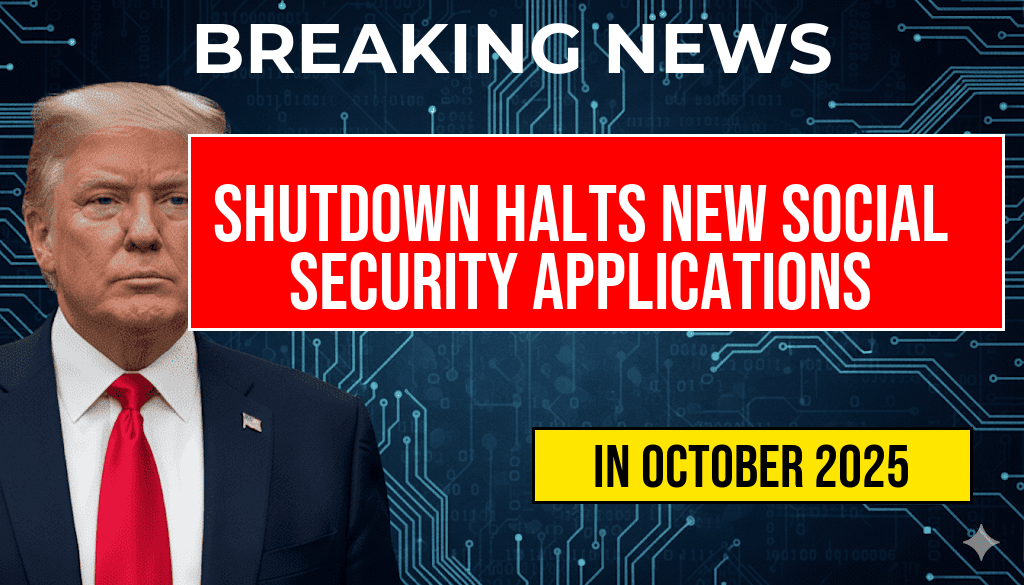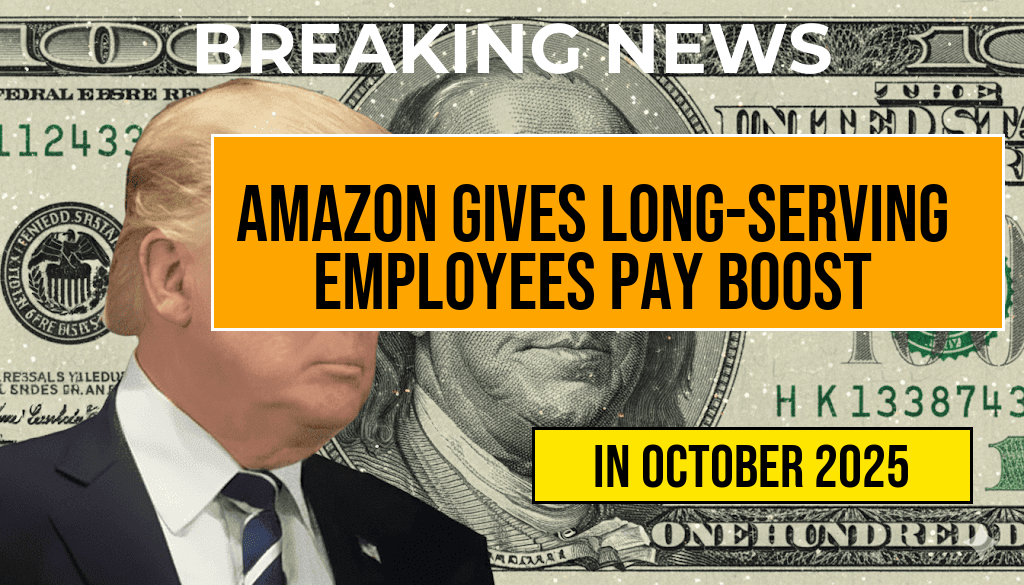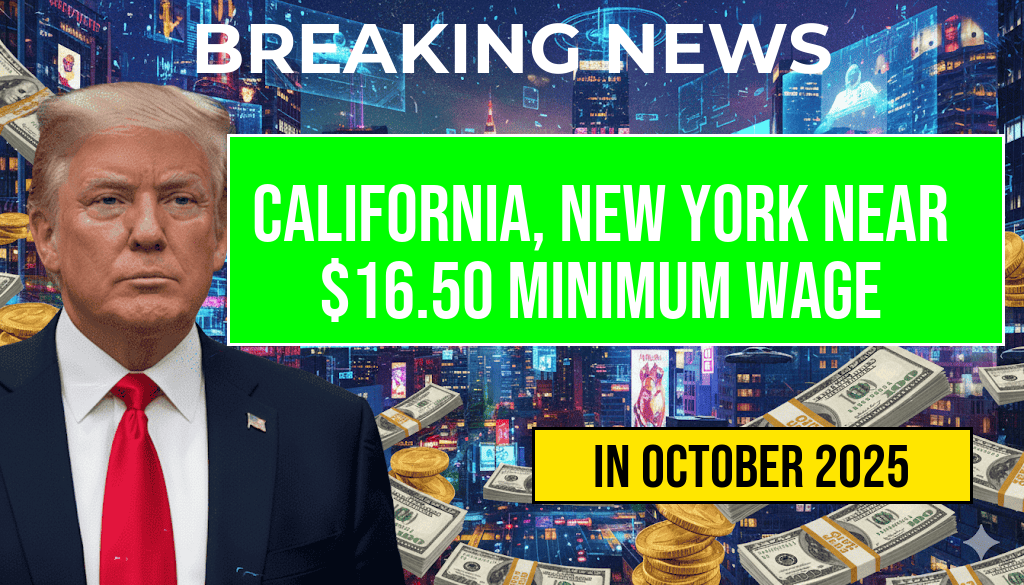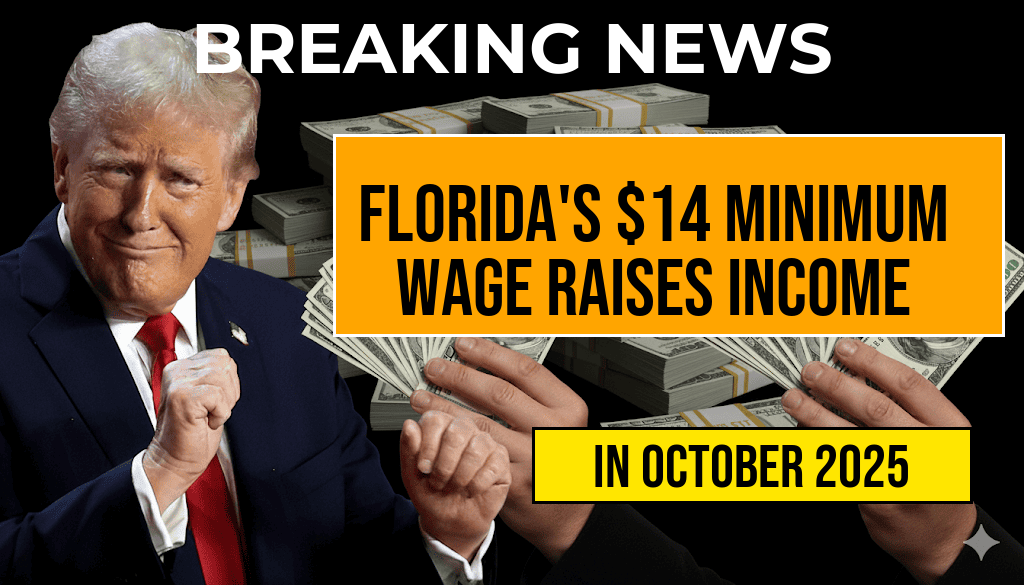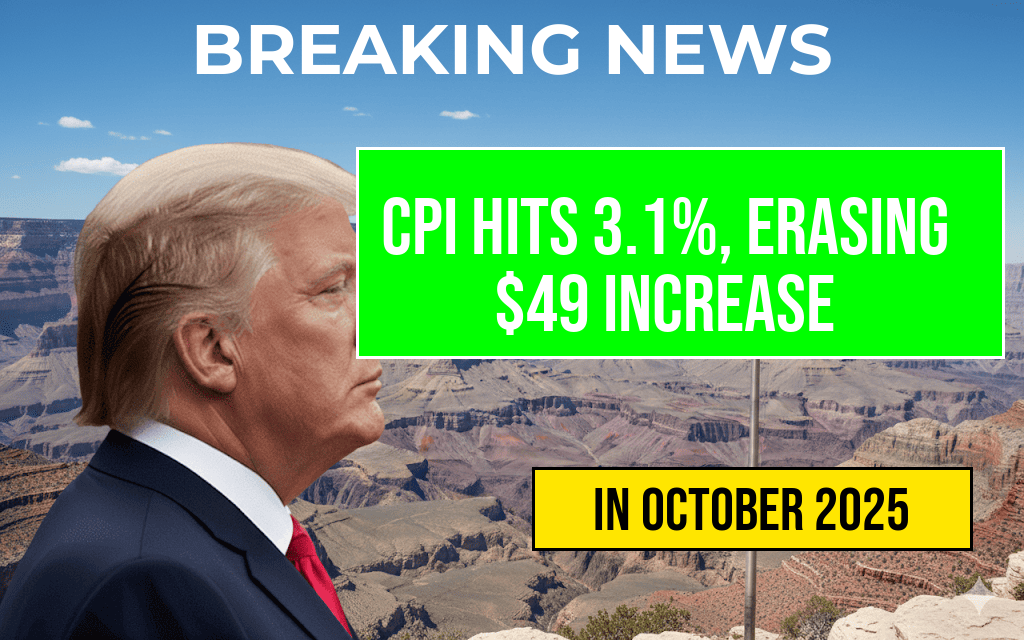The United States is set to implement a nationwide increase in the federal minimum wage starting September 30, 2025. This adjustment aims to address rising living costs and provide better financial stability for millions of workers across various sectors. The new rates will reflect an average increase of approximately 5%, with some states and localities enacting higher adjustments based on regional economic conditions and cost of living indices. The change follows years of debate over the adequacy of the current federal minimum wage, which has remained at $7.25 per hour since 2009. While some states have already established higher minimum wages, this federal update ensures a baseline standard across all jurisdictions, impacting millions of hourly workers nationwide. The following article details the full list of new hourly rates, the rationale behind these updates, and the implications for employers and employees alike.
Details of the Federal Minimum Wage Increase
Background and Rationale
The federal minimum wage, set by the Fair Labor Standards Act (FLSA), has remained unchanged for over a decade despite inflation and rising living expenses. According to the U.S. Bureau of Labor Statistics, the consumer price index has increased significantly since 2009, reducing the purchasing power of minimum wage earners. In response, legislative efforts at both federal and state levels have pushed for periodic increases. The upcoming adjustment is part of a broader initiative to ensure that wages keep pace with economic growth and inflationary pressures.
President Joe Biden and congressional leaders have emphasized the importance of raising the minimum wage to support low-income workers, reduce poverty, and stimulate economic activity. The increase also aligns with recommendations from economic think tanks and labor unions advocating for a $15 minimum wage at the federal level, although the current hike falls short of that figure. The scheduled implementation has prompted businesses and local governments to prepare for the change, with some adjusting their wage structures months in advance.
Full List of New Hourly Rates by State and Locality
| State or Locality | Previous Rate | New Rate | Notes |
|---|---|---|---|
| Federal (nationwide baseline) | $7.25 | $8.00 | Applies to federal contractors and certain industries |
| California | $15.50 | $16.50 | Incremental increases planned through 2026 |
| New York | $15.00 | $16.00 | Varies by region; New York City already exceeds this amount |
| Texas | $7.25 | $8.25 | Statewide minimum, no local variations |
| Florida | $11.00 | $12.00 | Effective statewide; localities can set higher wages |
| Illinois | $13.00 | $14.00 | Includes phased increases through 2025 |
| Washington | $15.74 | $16.74 | Statewide rate with regional adjustments |
| Massachusetts | $15.00 | $16.00 | Upcoming phased increases scheduled through 2026 |
Local Variations and Exceptions
Beyond state-level adjustments, numerous cities and counties have their own minimum wage laws that surpass the statewide rates. For example, Seattle’s minimum wage will increase to $18.00 per hour, reflecting the city’s high cost of living, while Chicago’s will be adjusted to $15.75. These local policies often aim to provide targeted support for residents in areas with especially expensive housing and services. Employers operating in multiple jurisdictions must stay informed about these local requirements to ensure compliance.
Impacts on Employers and Workers
Business Response and Preparations
Many employers have begun adjusting payroll systems and budgeting for the upcoming increase. Small businesses, in particular, express concern over rising labor costs, which could influence hiring practices and pricing strategies. Some have advocated for phased implementation or exemptions, though federal mandates generally apply uniformly. Larger corporations are better positioned to absorb the increased wages, but the ripple effects may influence consumer prices and employment levels across sectors.
Worker Benefits and Economic Effects
For minimum wage earners, the increase offers immediate financial relief, potentially reducing reliance on social assistance programs. Economists predict modest boosts in consumer spending, which could invigorate local economies. However, some argue that higher wages might lead to reduced employment opportunities if businesses scale back hiring or automation takes precedence. Studies on previous minimum wage hikes present mixed results, emphasizing the need for ongoing monitoring of economic outcomes.
Legal and Policy Context
The scheduled increase reflects ongoing debates over the appropriate level of minimum wages and their economic implications. While federal legislation sets a baseline, individual states and localities retain autonomy to establish higher rates. Recent legislative proposals aim to push the federal minimum closer to $15 per hour, but political consensus remains elusive. The upcoming increase is seen as a compromise measure, balancing economic growth considerations with worker protections.
For more detailed information on minimum wage laws and future policy discussions, visit Wikipedia’s page on minimum wage in the U.S. and consult official state government resources or the U.S. Department of Labor.
Frequently Asked Questions
What is the effective date of the new U.S. minimum wage rates?
The new U.S. minimum wage rates will become effective on September 30, 2025.
Which states or regions are affected by the minimum wage increase?
The full list of new hourly rates applies to various states and regions across the United States, with specific rates depending on local legislation and agreements.
How much will the minimum wage increase in different areas?
The updated hourly rates vary by state and region, with some areas seeing significant increases to align with the new minimum wage standards.
Who is impacted by the minimum wage increase?
The minimum wage increase affects employees earning hourly wages across participating states and sectors, ensuring fairer compensation for workers.
Are there any exceptions or special cases included in the new wage rates?
Yes, certain exceptions or special cases may apply, such as for tipped employees or specific industries, as detailed in the full list of new hourly rates.

